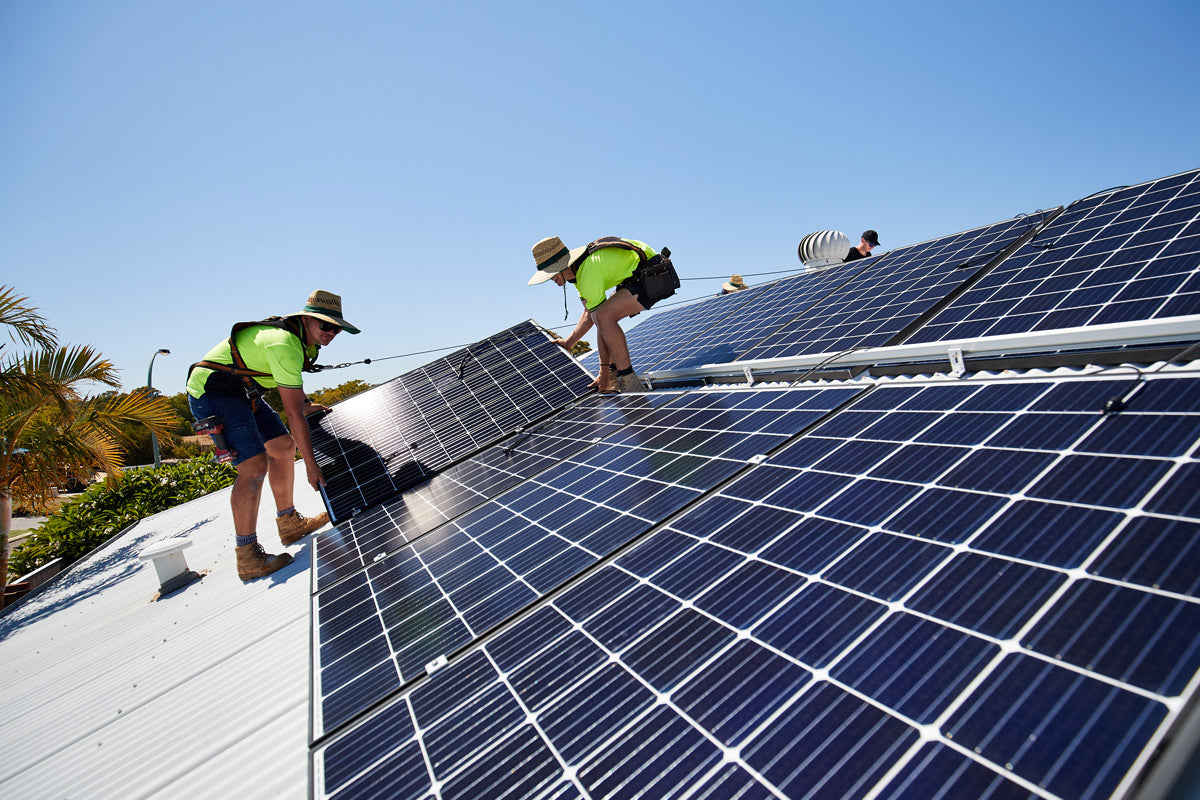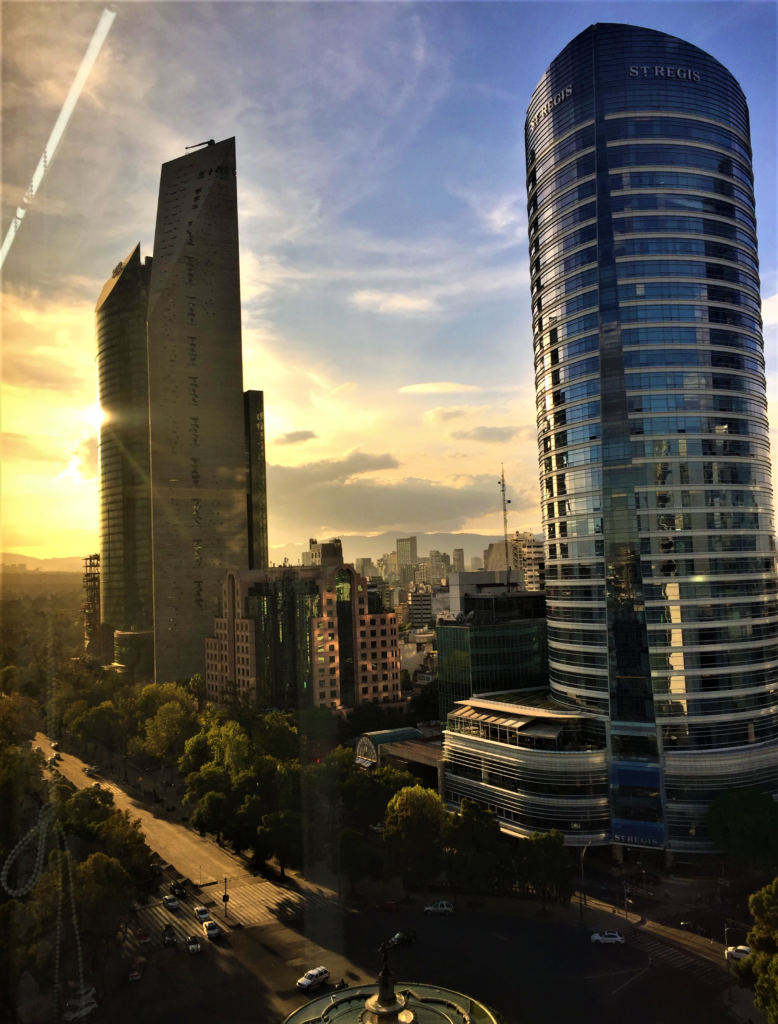https://www.pv-magazine-australia.com/2022/03/23/new-adaptive-trackers-for-tricky-terrain-to-cut-both-project-cost-and-land-disturbances/
Nextracker says the NX Horizon-XTR line can follow sites’ natural contours, saving between 30% to 90% of the “cut and fill” earthmoving work.
Nextracker
Nextracker, Australia’s most popular tracker company, has today unveiled its new extreme terrain (hence XTR) product line, which it says will substantially reduce both the costs for building solar projects on uneven ground and decrease land disturbances.
A new breed of tracker, the breakthrough was initially enabled by Nextracker’s self-contained tracker motor, which allows each row of trackers in an installation to operate independently from each other, referred to as adaptive tracking.
“Essentially, what it allows you to do is to radically reduce the amount of earthwork you know, bulldozers, civil engineering, civil activity that happens on most sites, which radically reduces cost,” Nextracker CEO Dan Shugar told pv magazine USA editor Tim Sylvia in an exclusive interview.
![]()
Less groundwork also means less disruption of the natural site, a critical aspect for those, like Shugar, who believe solar installations should exist as harmoniously as possible with the surrounding environment. “The topsoil is very fragile. A lot of the value of the topsoil is just in the upper strata of a few inches, you really don’t want to disturb that. And this technology allows that,” Shugar said.
Nextracker began working on the technology over three years ago, pushed by US solar developer SOLV Energy. The NX Horizon-XTR line has now been deployed in a number of SOLV’s projects, use in over 3GW of cumulative projects, with more under construction or in late-stage development globally – including in Australia.
Nextracker is by far Australia’s preferred tracker brand, with Rystad Energy RenewableCube’s last year finding that alongside Array Technologies, it commanded 77% of the market.
Adaptive tracking technology
While single axis trackers can increase project yield by up to 35% when coupled with other technologies, they require rows of panels to be at the exact same height and angle. This means projects often need to do significant earthwork and land grading, which can cost as much as 5% of total project budget.
Addressing this problem, Nextracker says the NX Horizon-XTR line can follow sites’ natural contours, saving between 30% to 90% of the “cut and fill” earthmoving work.
![]()
This is because its adaptive tracking technology means modules in a row can now be programmed to track at different angles over a different time period from other adjacent rows.
“[Adaptive tracking] allowed a whole range of benefits: we could self power the tracker with a little solar panel, instead of hooking up to the grid, and each row could be independent, meaning you could drive through the system for vegetation management, cleaning, maintenance on solar panels, or during construction,” Shugar told pv magazine USA.
A solution to Australia’s growing land wars?
“In Australia, Nextracker has worked closely with our developer and EPC partners to understand site challenges and barriers to deploying solar on undulating terrain,” Nextracker Australian Director of Sales, Andrew Chino, added.
“This extends beyond the economic feasibility of building solar plants on difficult land, but also encompasses genuine concern around land disturbance, re-seeding time, and dual use of land,” he added.
This is a real and growing issue in Australia, where opposition to solar farms proposed on what regional communities deem agricultural land is mounting.
Just last week, Riverina Sustainable Food Alliance was established in New South Wales, stating its mission as “safeguarding valuable farmland and food security against the expansion of solar factories.” The group is being championed by Independent MP Joe McGirr.

Edify Energy
While the group said they supported the use of solar technology and acknowledged its importance for global decarbonisation, it said projects “cannot come at the cost of food security or the environment.”
In the statement, McGirr calls on the story of Borambola landowners and alliance members Rick and Pam Martin, who are concerned a proposed solar farm next to their property would require substantial earthworks, impacting the water table and increasing the threat of dryland salinity.
Nextracker directly acknowledges these issues in its product media release, referring to the “inevitable erosion and hydrology issues” which stem from earthworks disrupting topsoil.
“Renewable energy shouldn’t come at the cost of our environment or be prohibited by cost,” Chino said.
![]()
This content is protected by copyright and may not be reused. If you want to cooperate with us and would like to reuse some of our content, please contact: editors@pv-magazine.com.
<




